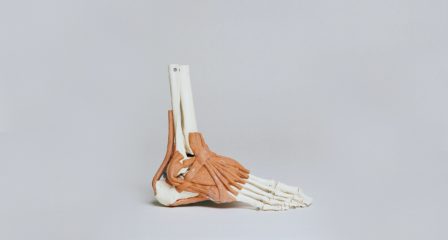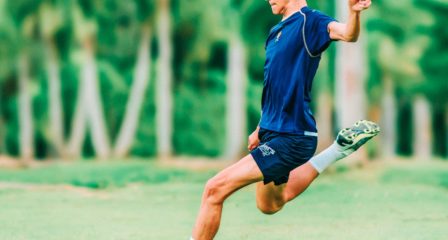PHYSIOTHERAPY FOR PLANTAR FOOT & HEAL PAIN
HEEL PAIN & FOOT MUSCLE FUNCTION
We see many foot presentations at The Injury Clinic, and plantar heel pain is a common one.
Plantar heel pain can also be referred to as plantar fasciitis or plantar fasciopathy and it can be present in both general and athletic population.
Prevalence estimates range between 4 and 7% in the general and older populations. In athletic populations, it has been reported to be one of the most common overuse injuries affecting the foot and ankle with its prevalence estimated to be up to 8%.
A recent systematic review (Oct 9th, 2019) published in the Journal of Orthopaedic and Sports Physical Therapy looks at both muscle function and muscle size difference in people with and without plantar heel pain.
They found that those with plantar heel pain had reduced digital plantarflexion strength (hallux plantarflexion & lesser toe plantarflexion); reduced ankle inversion and eversion strength and a reduction in foot muscle size.
The strength of the evidence isn’t all that strong, but it highlights the importance of addressing all of the factors contributing to an injury. Our feet have muscles. They need to be strong.
The systematic review summarised that weaker foot muscles may be important in the development and continuation of plantar heel pain. The digital plantarflexor muscles acting on the foot generate force in the toes and provide stability and support to the medial longitudinal arch. Therefore, if the muscles acting on the foot are weakened, non-contractile tissues such as the plantar fascia and the plantar fat pad of the heel are subject to increased load, which may contribute to plantar heel pain.
THE INJURY CLINIC – HELPING YOU MANAGE AND ADDRESS FOOT PAIN
Whether you’re an athlete held back from your next personal best by an injury or work on your feet all day and find plantar fasciitis interfering with your job, we want to help.
The Injury Clinic shares your passion for health and wellbeing – we know how irritating a foot injury can be, no matter how you live your life. We’re a united team of physiotherapists, strength and conditioning coaches, dieticians and sports physicians, working together to develop integrated treatment programs that help you achieve the optimal outcome for your condition.
Taking a cooperative approach to your health, we work alongside you as a partner through the treatment of your condition and beyond. After your plantar fasciitis has been addressed, we invite you to continue working with our clinic’s strength training services, helping you prevent injury, condition your body and create the best chance of success in life and sport.
If you’ve been battling with plantar heel pain, don’t hesitate to book a consult and speak with one of our physiotherapists. They can work with you to get your feet stronger than they’ve ever been!
REFERENCES:
Muscle Function and Muscle Size Differences in People With and Without Plantar Heel Pain: A Systematic Review
John W. A. Osborne, Hylton B. Menz, Glen A. Whittaker, Karl B. Landorf.
J Orthop Sports Phys Ther. 2019 Oct 9:1-35. doi: 10.2519/jospt.2019.8588.



